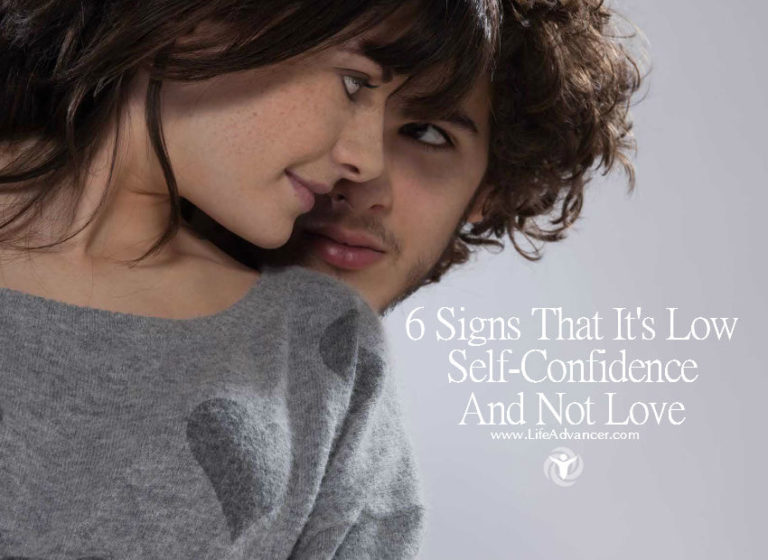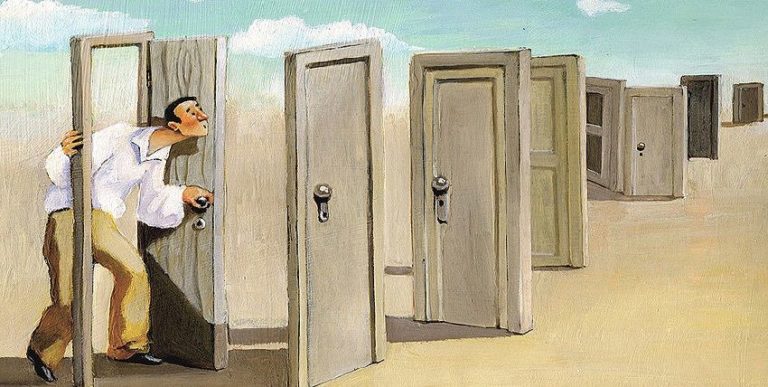Thousands of people have begun the journey of personal health. To achieve the maximum level of health one must eat well, exercise regularly, and improve their mental well-being. People struggle most often to improve their mental well-being because it is the most ambiguous and hardest to see tangible results. Meditation is the best way to mentally reduce stress and develop an air of peace and tranquility.
The following are our seven favorite types of meditation:
1. Transcendental Meditation (TM)
Maharishi, an advocate of Transcendental Meditation defines the purpose, “The goal of Transcendental Meditation is the state of enlightenment. This means we experience that inner calmness, that quiet state of least excitation, even when we are dynamically busy.” In this Hindu tradition, you sit in Lotus, internally chant a mantra, and focus on rising above the negativity.
However, to effectively learn how to practice this form of meditation, expert guidance is recommended. There is internet resources, classes, or even meditation retreats to better learn this form of meditation.
2. Heart Rhythm Meditation (HRM)
Heart rhythm meditation is downward meditation because it focuses energy on developing the application of consciousness. This form of meditation concentrates primarily on the heart, with an emphasis on breathing, and the purpose is to experience the mystics’ mantra, “I am a part of all things and all things are a part of me.”
HRM is a triple threat form of meditation because individuals experience physical, emotional, and spiritual benefits. It helps the individual better handle stress and develop an appreciative and joyous spirit.
3. Kundalini
Unlike HRM, Kundalini is a form of upward meditation, which focuses on the rising stream of energy. This form of meditation has roots in both Buddhist and Hindu teachings, and in Sanskrit translates to ‘coiled’.
Many believe this to be a metaphoric form of mediation, however, those who are able to access the dormant energy can attest to its healing benefits. To access this energy the individual must concentrate on their breathing as it flows through the energy centers in the body. Once that energy is felt, the individual can experience an altered state of consciousness.
4. Guided Visualization
Guided visualization is a newer technique that can be used for spiritual healing, stress relief, or personal development. The inspiration comes from Buddha, “The mind is everything. What you think you become.”Among other factors that set this form of meditation apart, the emphasis on one specific goal is defining.
By imagining relaxing and positive experiences, the body will respond by releasing chemicals that generate feelings of positivity. This method can be done casually by imagining a certain situation in the brain. However, to achieve a more powerful experience, a guided visualization experience is key.
5. Qi Gong
This is a meditation favorite because this method improves posture, respiration, and the ability to relax with greater ease. Qi Gong is one of the oldest forms of meditation and derives from ancient Chinese society. This art form of health and wellness uses breath to circulate energy through the body and energy centers. The focused combination on breathing techniques, movement, and meditation helps the individual to control their reactions to stress.
6. Zazen
Zazen is the heart of Zen Buddhist practice and literally translates to “seated meditation.” This method is initially the easiest to engage in because it relies on self-guidance, however, the lack of guidance can make it difficult to progress in the future. Regardless, the mental benefits of Zazen are vast because you aim to forget all judgmental thoughts, ideas, and images.
After sitting in a comfortable position ensure that the back is completely straight and you are centered. Breathing is an essential element of Zazen and this position will allow the breath to deepen and enhance the experience.
7. Mindfulness
The final favorite method of meditation is mindfulness, which also comes from the Buddhist tradition. The Buddhist term sati translates to ‘mindfulness’ and breathes life into the practice. Conjuring mindfulness is essential in overcoming suffering and understanding natural wisdom. It is all about acknowledging reality by letting the mind wander, accepting any thoughts that come up, and understanding the present.
The practice is done by sitting with eyes closed, crossed legs, the back straight, and attention placed on breathing in and out. For the period of meditation, the individual focuses on his or her breathing, and when wandering thoughts emerge, one returns to focusing on the object of meditation, breathing. Research has found that a regimen of mindfulness can reduce anxiety, depression, and perceived distress.
Not every meditation method will be your favorite. Try these seven types of meditation out and see which one helps you achieve that level of inner peace you are looking for. Once you have found your go-to method, incorporate that into your daily schedule to best combat the enormous levels of stress synonymous with life.





awesome
Hi,I like walking at the neck of the woods,watching wildlife is a placing filing, if you have some one whit you, is fascinated mother nature is a great work out.
agree 🙂
Amazing! Great choice of colors. Which one you think it’s the best one ?
Awesome post! Keep up the great job.